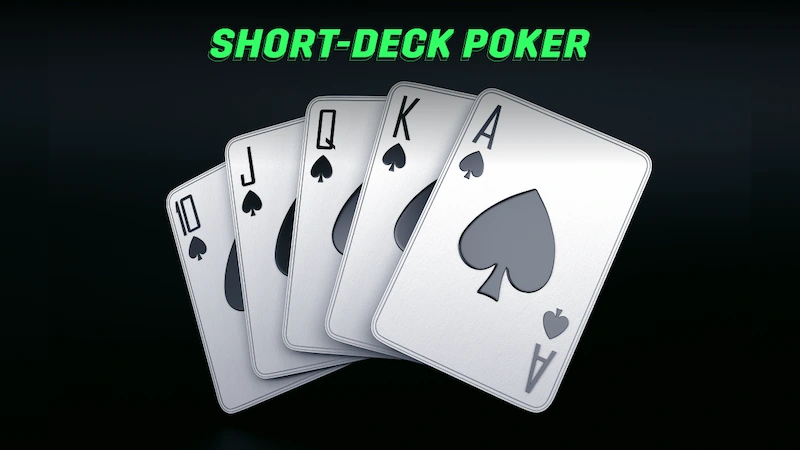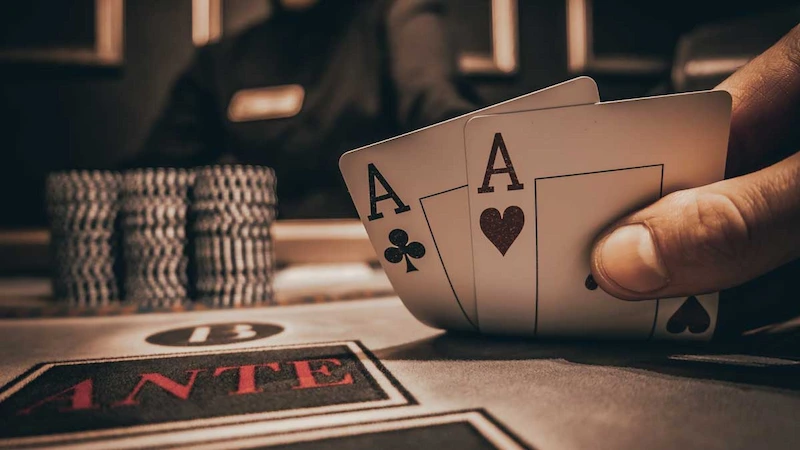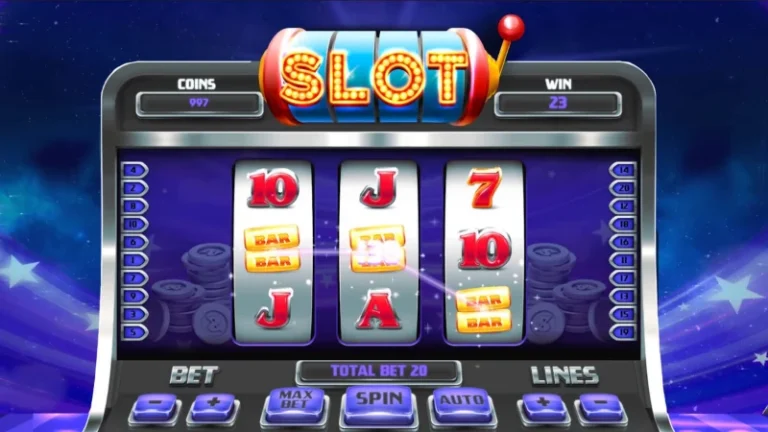How to Play Short Deck Poker: The Ultimate 10JILI Guide
Want to try Short Deck Poker? You’re in good company. Also known as Six Plus Hold’em, this exciting variation on Texas Hold’em has become a favorite at 10JILI and other top poker platforms since 2018. While the game retains many familiar elements, crucial differences in deck structure, probabilities, and strategy mean that playing Short Deck is a distinct challenge.
In this comprehensive 10JILI guide, you’ll learn:
-
What Short Deck Poker is and where it originated
-
How it differs from traditional No-Limit Hold’em
-
Detailed rules, scoring, and hand rankings
-
Key probability changes you must understand
-
Expert 10JILI strategies for success
-
Bankroll tips, etiquette, and formats
By the end of this guide, you’ll have everything you need to start playing Short Deck confidently—whether in cash games or high-stakes tournaments.
What is a Short Deck Poker?

Short Deck Poker, often called Six Plus Hold’em or 6+ Poker, originated in Macau’s high-stakes rooms around 2017. The defining feature? The game is played with a 36-card deck—all cards ranked 2 through 5 are removed.
Why It Matters
-
Higher average hand strength: Without 2s–5s, weak starting hands become rare.
-
Faster gameplay: More hands progress to the flop and beyond.
-
Increased volatility: Strong hands occur more often, but larger pots also form more frequently.
At 10JILI, this format has gained traction for precisely these reasons—fast action and rich strategic depth.
Short Deck Hold’em vs No Limit Hold’em
Short Deck Poker might resemble Texas Hold’em on the surface, but it introduces key differences that dramatically impact how the game unfolds.
The main change is the reduced deck. By eliminating 2s, 3s, 4s, and 5s, hand probabilities shift. Hands that are rare in regular poker—like trips or full houses—are more common, while others like straights are harder to complete. This shift forces players to rethink their pre-flop strategy, betting patterns, and hand valuations.
Also, aces still play both high and low, just like in standard Hold’em. But the lowest possible straight changes. With the cards 2 through 5 gone, the low straight is now A-6-7-8-9. That can throw off new players until they get used to the new sequencing.
How to Play Short Deck Hold’em: Rules & Card Rankings.

To play Short Deck Poker, you need a deck of 36 cards instead of 52 cards. As mentioned, the game is played by discarding all 2s, 3s, 4s, and 5s. Besides this change, a typical Short Deck game plays out very similarly to a No-Limit game, in that:
Each player receives two trump cards.
There are four rounds of betting – pre-flop, flop, turn, and river.
Players create hands using both trump cards and community cards.
To start a regular game of short-deck poker, everyone must pay an initial bet (ante). Whoever has the Dealer button in front of them must also place a second mandatory bet, called the “blind button”, starting the pre-flop betting round.
Short Deck Poker can still be played using the traditional Small and Big Blind system. But this blind button and ante structure is the most common method.
Short Deck Hold’em Card Rankings

While many of the hand rankings in Short Deck Poker closely resemble those in traditional Texas Hold’em, there is one crucial difference to keep in mind: Flushes now rank higher than Straights. This adjustment reflects the changed probabilities in the reduced 36-card deck, where it’s harder to form straights than flushes.
To explain why, consider this: in a standard 52-card deck, if you hold two suited cards and there are two suited cards on the board, you still have nine remaining cards of that suit to complete your flush. However, in Short Deck Hold’em, the number of remaining suited cards is cut down to just five, making flushes more difficult to complete compared to a full deck game. On the other hand, straights are easier to complete in a full deck than in Short Deck due to the absence of lower cards (2 through 5).
Understanding these subtle but important differences is vital when evaluating your hand strength and making strategic decisions during a game.
Here is the official ranking of hands in Short Deck Hold’em, from strongest to weakest:
-
Royal Flush
The highest possible straight flush, consisting of A-K-Q-J-10 of the same suit. -
Straight Flush
Five consecutive cards of the same suit, for example, 10-9-8-7-6 all of hearts. -
Four of a Kind (Quads)
Four cards of the same rank, such as four Kings. -
Full House
A combination of three of a kind plus a pair, e.g., three 7s and two 10s. -
Flush
Five cards of the same suit, regardless of sequence. Note, in Short Deck this ranks higher than a straight. -
Straight
Five consecutive cards of mixed suits. In Short Deck, the lowest straight is A-6-7-8-9 due to the removal of cards 2 through 5. -
Three of a Kind (Trips or Set)
Three cards of the same rank, such as three Queens. -
Two Pair
Two different pairs, like a pair of 8s and a pair of 4s. -
One Pair
Two cards of the same rank, e.g., a pair of Jacks. -
High Card
When no other hand is made, the highest card plays, such as an Ace or King.
Game Formats, Bankroll Tips, and Etiquette
Short Deck can be played in a variety of formats, including:
-
Cash games
-
Sit & Gos
-
Multi-table tournaments
At 10JILI, you’ll find a wide range of Short Deck game options to fit your style and bankroll.
Speaking of bankroll, keep in mind that volatility is higher in Short Deck. That means bigger swings—both wins and losses—are more common. Manage your bankroll wisely, and avoid going on tilt if you hit a losing streak.
Also, as always, follow good poker etiquette. Don’t slow-roll, be respectful in chat, and avoid angle shooting. A clean game is a better game for everyone.
Final Thoughts: Why Short Deck Belongs in Your Poker Arsenal
Short Deck Poker is an electrifying twist on Texas Hold’em, offering faster action, deeper strategy, and unique challenges. With a reduced deck and adjusted hand rankings, it forces players to rethink old habits and build new skills.
At 10JILI, players of all skill levels are enjoying the thrill of this fast-evolving format. Whether you’re a casual grinder or a tournament regular, mastering Short Deck can give you a new edge—and a whole new way to enjoy the game.
So now that you understand the rules, the rankings, and the right strategies, it’s time to hit the tables and test your skills. Join a game at 10JILI and experience the rush of Short Deck Poker for yourself.






